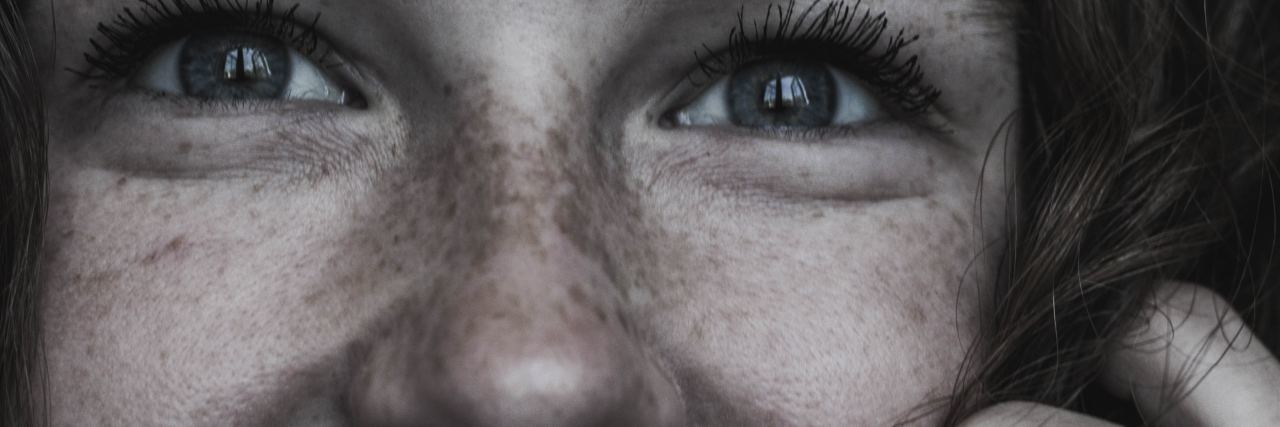What My 'Before and After' Picture Would Be for Anorexia Recovery
Editor's Note
If you live with an eating disorder, the following post could be potentially triggering. You can contact the Crisis Text Line by texting “NEDA” to 741741.
We’ve all seen those before and after pictures. A person shares two picture of themselves — most likely in the same outfit — and places them side-by-side. The picture on the left is before their diet, exercise program, cleanse, etc. The one on the right is the results after. In addition to their bodies looking a little different, their faces do too. The person on the left looks sad and almost lost, and on the right they are happy, smiling and portraying a newfound confidence. All artfully staged of course, to make us think a thinner, tighter or more muscular body equals happiness.
Instead of letting those kind of posts trigger me, I always think how I should make one of those for me, but have it be before and after my anorexia nervosa.
I wouldn’t show my body in the pictures — I don’t want to mislead people by thinking a person’s size or shape is indicative of whether they have an eating disorder to not — and instead I’d focus on my face. And under my face, a list of what I could and couldn’t do at that time in my life.
In the picture on the left, you’d see a face that might be smiling, but the eyes look empty and hollow. You see a girl who looks almost lost. Under it would be some of the ways my life was impacted by my disordered behaviors. Things like: “inability to just go with the flow,” “panic attacks,” “inability to focus on things,” “lie to family and friends,” “hide and keep secrets,” and “check out of life.”
And on the right would be a picture of my face today with a real glowing smile. Below it would read: “eat whatever sounds good,” “let someone else make the plans,” “actually sit through and pay attention to a two-hour movie,” “rediscover old passions like horses,” “eat cake and ice cream with my kids,” “base the success of my day on what I accomplished and how I feel,” “laugh until I cry,” “be vulnerable,” “talk to people” and “love myself and others.”
I’ve developed many tools to avoid triggers in my recovery, and this one never fails to get me back on track.
Photo by Abbs Johnson on Unsplash

